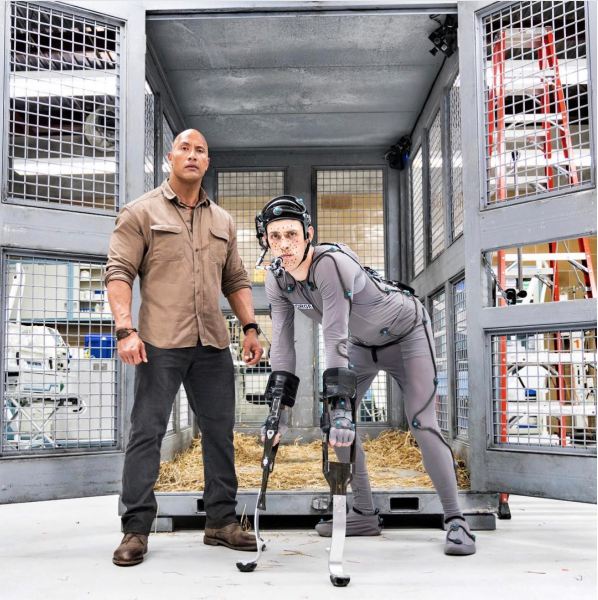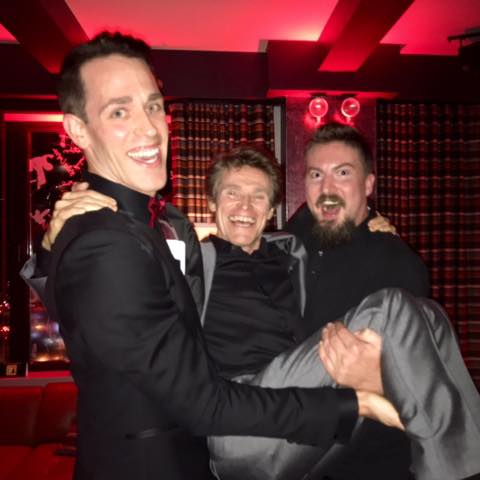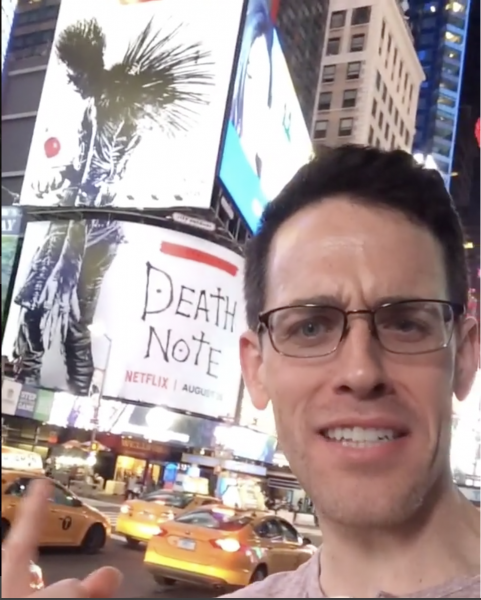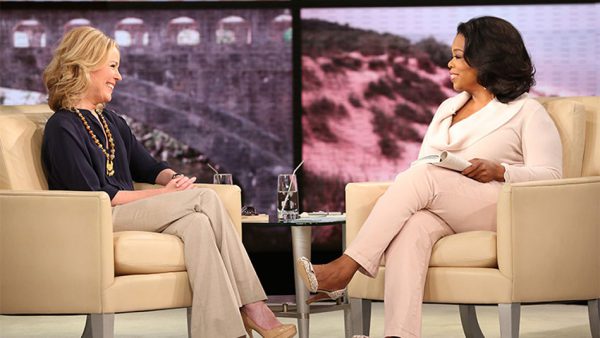Last week, without warning, I lost a client. It seems they had a surprise medical bill, and just like that, I was down a client. It’s scary. It means that part-way into the month, I just lost a big chunk of revenue that can’t be replaced. That revenue is all that supports my family.
It is easy in these moments to give into fear. In fear, we often shrink. We protect. We cancel plans.
As I thought about these things, I began considering some of the creative projects I had been dreaming about. I don’t want to shrink. I want to expand. On a whim, I texted a friend:

We went back and forth, and within a day, I found a stunning studio space. By Friday, less than three days after sending that text, I signed a lease on this studio:
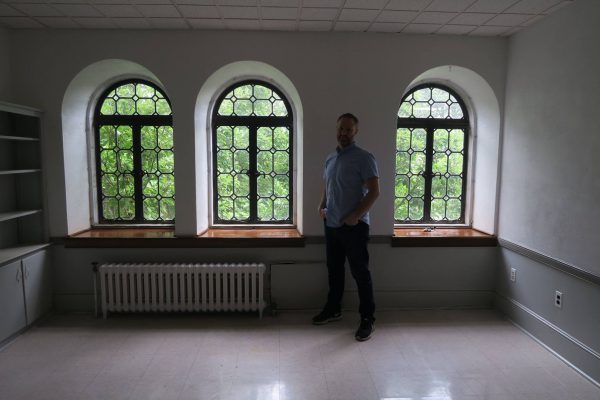
I decided firmly: I am doubling down on my creative vision. I am approaching it not with a sense of fear, but one of vigor. This is my creative shift.
Last week I announced my new mastermind, appropriately titled The Creative Shift Mastermind. A bunch of people signed up right away, and one of them explained her reason for doing so:
“I’m at that place where I know what I want to do and I’m ready to do it, but I need help to get it done. I’m really exhausted with “Someday” and “If this happens” and running around crazy trying to figure it out.”
This is what commitment looks like. Commitment doesn’t wait until the path is easy, commitment is deciding to choose.
I was reminded of this recently from a client of mine, Alison Taylor-Brown. She writes historical fiction and is the Director of the Village Writing School in Arkansas.
We began working together last year, and as this year progressed, I noticed some profound creative shifts happening in her life. She explains it this way:
For decades, like most of us, my life was circumscribed by the people I loved. A husband, two handicapped parents, a very old dog.
But within a few months, I lost my dad, my dog, and my husband, though he didn’t die but simply decided to change his life. In one swipe of a cell phone, my world opened up, and though I didn’t have the details in that moment, I heard the hinges creak as the gate swung wide.
Where would you go if suddenly the moorings were cast off? What would you do? Would you cling to what security that remained: your dear friends — bless them — your house, your stuff, the work you do that gives you real satisfaction?
Or would you push off, decide that if you are the hero of your story, your story will be about challenges, growth, adventure, about your becoming the best you can be? An elopement with Life. A total reboot.
Well, not total because I’m a writer to the core, will always be a writer, and not just a writer but a specific type of writer. I write historical fiction set in those pivotal years between 1300 and 1600. I love to ponder those times and what they mean to us today, how those centuries shape us even now in ways we don’t see.
And so, I have longed for more connection to that past. For years, my bucket list included:
- Living in a house built in medieval times.
- Living in a culture that values that history and in which such awareness is part of the whole social consciousness.
- Learning to see the world differently through being able to speak another language.
These were the things that I thought I would love to do, even as I saw no possible way to do them.
Then came the opportunity, but so late, and I thought: am I too old to learn a language? Is it selfish to drag my 89-year-old mom to a foreign country? Am I willing to divest myself of my treasured possessions? And most especially, am I smart enough to get through this mound of paperwork to move a puppy into the European Union?
I almost melted down in the three months of sorting and selling. I’ve just completed several weeks of Italian language study in Florida. Learning Italian is almost the hardest thing I have ever done, second only to my first historical novel in which I had no idea what I was doing. But after nine months of planning, it’s about to happen.
On September 19, my mom, the puppy, and I will move to a medieval town in Italy. I plan to spend the winter finishing my novel about the 14th-century writer Boccaccio who lived there.
And what have I learned so far that’s of any use to anyone—especially a writer? Two things.
- Examine fully and seriously the longings that your own writing has ignited in you. Do you want to make a trip, learn Latin, explore the paranormal, take up fencing? Do it. It will bring you closer to your writing, your characters, yourself.
- Inhabit your life fully. One of the consequences of giving up the routine and familiar is that you can no longer operate on autopilot. Your senses rev up and you revel in new experiences, new acquaintances, new toppings on your pizza. Life, indeed, becomes your sweetheart.
But that could happen without your ever leaving home if you gave to the street outside your house the same loving attention you give to the streets in your writer’s imagination. If you focused on this moment’s experience—be it the new coat of paint on your neighbor’s mailbox or the lizard on your deck—with eyes of appreciation and wonder at the miracles of both nature and our collective human creativity.
You don’t have to do something as drastic as I did to reboot your life. You can do it by bringing more awareness and a little risk into your day so that all the fun is not on the page. That, I’m convinced, will make our future pages better and more authentic.
Eudora Welty said, “I am a writer who came of a sheltered life. A sheltered life can be a daring life as well. For all serious daring starts from within.”
Thank you to Alison for allowing me to share her story here. I am in complete awe of her ability to double-down on the things that matter most to her. Here is a photo of Alison’s 89-year old mother and tiny dog, both of whom are joining her on the move to Italy:
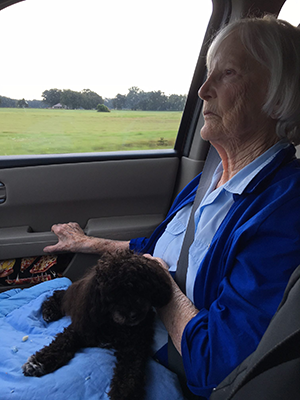
As for me, this week felt magical as I began working in my new studio. This weekend, I am helping to run the 2nd annual Madison Storytellers Festival — a day filled with creativity from writers, dancers, actors, poets, and so many others.
If you are looking to make a commitment to your creative work, and want me to be a part of it, I encourage you to check out my Creative Shift Mastermind.
Thanks!
-Dan
Podcast: Play in new window | Download
Subscribe: RSS

